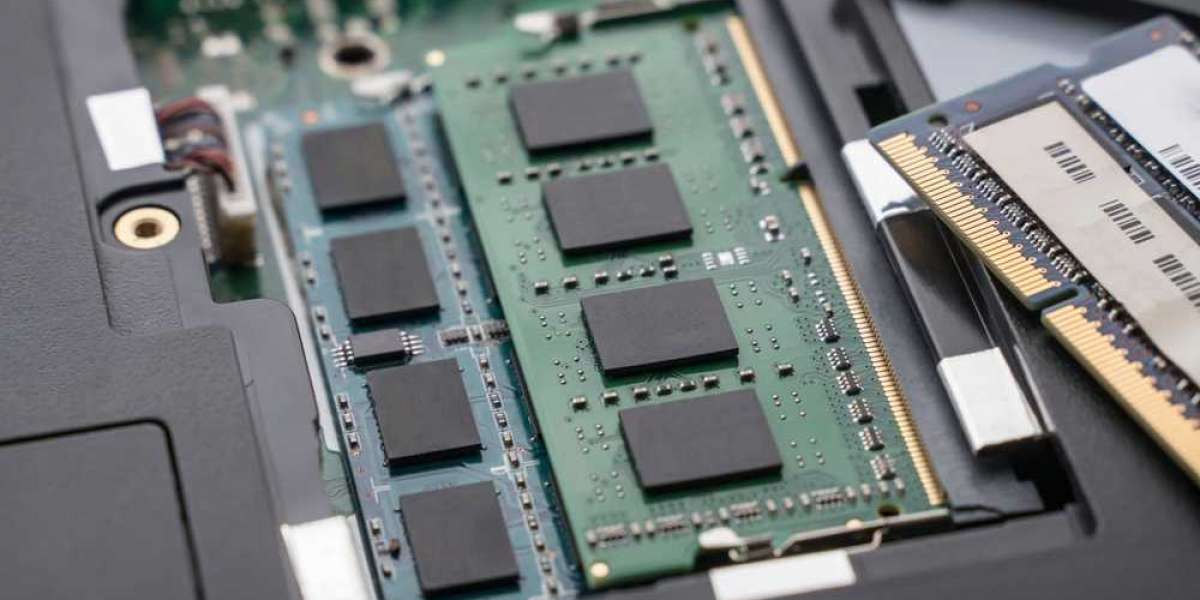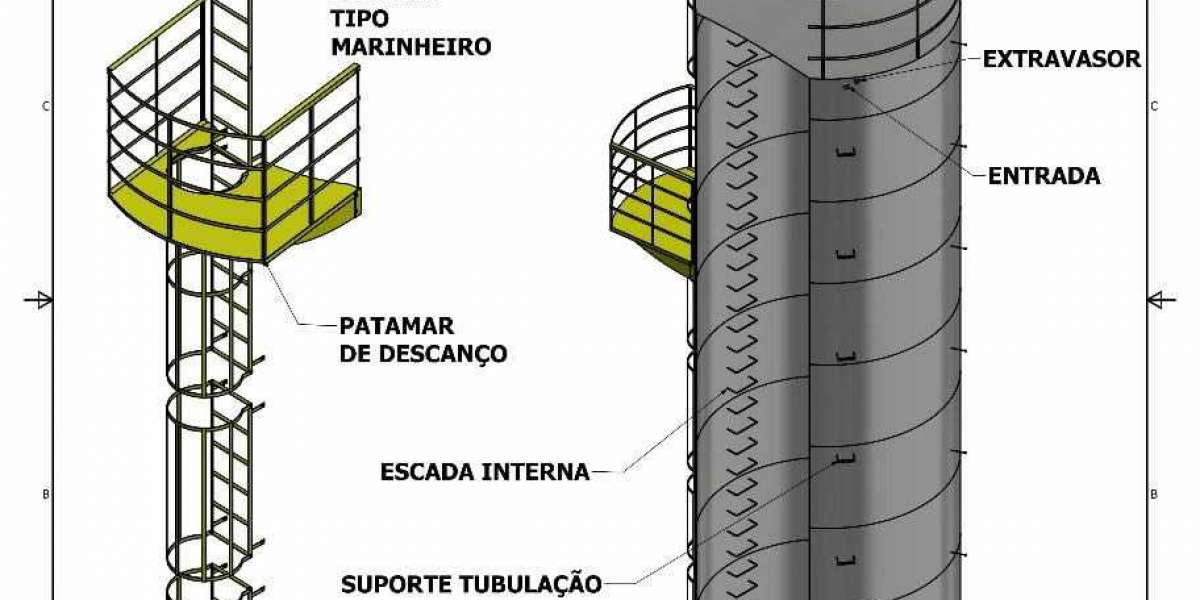Rambus Dynamic Random Access Memory (RDRAM) was a high-speed memory technology that aimed to revolutionize computer performance in the late 1990s and early 2000s. Known for its impressive data transfer rates, RDRAM was a major advancement over the widely used Synchronous Dynamic Random Access Memory (SDRAM) at the time. Despite its innovative design and initial support from industry giants, RDRAM's journey was short-lived due to a combination of high costs, licensing issues, and competition from other memory technologies.
What is RDRAM? RDRAM, or Rambus DRAM, was a type of dynamic random-access memory developed by Rambus Inc. It introduced a new way of transferring data using a narrow, high-speed data bus known as a "Rambus Channel." Unlike traditional SDRAM, which used a 64-bit data path, RDRAM utilized a 16-bit or 32-bit channel that could operate at much higher clock speeds, often up to 800 MHz. This approach allowed for significantly faster data transfer rates compared to its contemporaries.
Key Features of RDRAM One of the standout features of RDRAM was its ability to achieve high bandwidth with relatively narrow data paths. The technology made use of a system called "Concurrent Memory Transfers," which allowed for simultaneous read and write operations, thereby boosting overall system efficiency. Additionally, RDRAM utilized "packet-based" data transmission, similar to how modern networks operate, making it possible to achieve faster communication between the processor and memory.
Applications of RDRAM RDRAM found its primary application in high-performance computing environments, especially in gaming consoles and high-end desktop computers. One of the most notable adopters of RDRAM was Sony's PlayStation 2, where the memory's high bandwidth played a crucial role in supporting the console's advanced graphics capabilities. Certain Intel-based desktop computers, particularly those using Intel's 820 and 850 chipsets, also incorporated RDRAM in an effort to provide users with enhanced performance.
Challenges and Decline of RDRAM Despite its technical superiority, RDRAM faced several significant hurdles. First, it was considerably more expensive to manufacture than its main competitor, DDR (Double Data Rate) SDRAM. The high licensing fees imposed by Rambus Inc. also increased the overall cost for manufacturers. Moreover, RDRAM required special motherboard designs, which further increased production complexity and cost.
Compounding these challenges was the rise of DDR SDRAM, which offered a more cost-effective solution with comparable performance. As DDR technology continued to evolve, it became the preferred choice for most computer manufacturers, ultimately leading to RDRAM's decline. By the mid-2000s, RDRAM had all but disappeared from the mainstream market.
Legacy and Lessons from RDRAM RDRAM's story serves as a lesson in the importance of balancing technical innovation with market feasibility. While it delivered impressive performance gains, its high costs, licensing restrictions, and competition from more affordable alternatives contributed to its downfall. Nevertheless, RDRAM's design principles, such as high-speed narrow data channels and concurrent data transfers, continue to influence modern memory technologies.
Conclusion RDRAM was a groundbreaking memory technology that promised higher speeds and better performance at a time when the industry needed it most. However, its high production costs, licensing issues, and the rise of DDR SDRAM led to its eventual decline. While it is no longer used in modern computing, RDRAM's influence can still be seen in some of the design principles applied in today’s memory technologies. Its legacy remains a reminder of how market dynamics, cost, and compatibility can shape the fate of even the most promising technological innovations.








